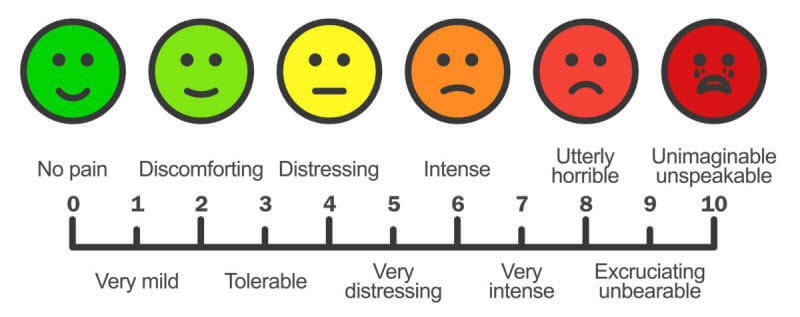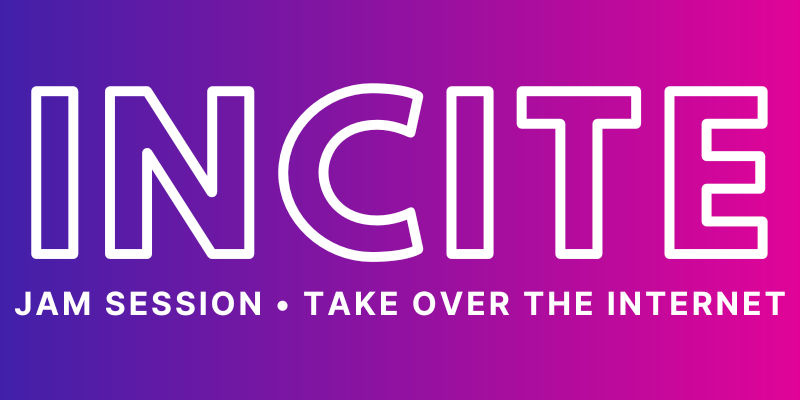We know that the first rule of selling anything is to focus on the benefits of something rather than the features of your product. Sell the hole, not the drill – but what do you do if they don’t know they need a hole?
Sometimes people don’t know that they have a problem in the first place.
Let me give you a few examples of things that I didn’t know I needed them … until I saw them.
I’ve traveled many times with a pet but never thought of whether or not there was a bathroom for them.

Do you know how many times my son has come home with a worksheet but not the textbook? A QR code would have been a blessing.

Did it rain? No problem. A couple of quick cranks and there is somewhere dry to sit.

How many times did I wish the elevator had voice-activated buttons? Many. But foot buttons work too!

Forget having your purse slide off the chair in a restaurant.

Get on the subway AND save the planet? Thanks!

Sometimes, it takes seeing a solution in order to wonder how you managed to live without it all this time because it identifies a problem you didn’t know you had.
Once you know that there’s a solution to this “new” problem, you MUST have it.
When you have something to sell – whether it’s your own product, an affiliate product or something within your MLM, you have to first look at the benefits of owning/using the product.
Most people stop there. But not you. Not anymore.
There’s 2 reasons that people don’t buy.
- They don’t know they have a problem.
- They don’t feel the “pain” enough to want to move away from it.
The art of selling is both an art and a science.
• Sell the benefits, not the features
• Play “So What”
• Identify the real problem

Could you sell someone a pencil right now?
STEP 1: List out the features of what you’re trying to sell.
• wooden exterior, graphite core
• there’s an eraser on one end
• metal band holds the eraser securely in place
• 6″ long
• 1/4″ diameter
• pencil is a #2
• bright, pleasant yellow colour
• comes in a pack of 6 or 12
STEP 2: Play “So What?” for each of the features.
• It has a wooden exterior and a graphite core … so what? So that it can be resharpened as often as you’d like to ensure clean, crisp writing.
• The convenient eraser tip allows you to quickly and easily correct writing errors
• The tight-fitting metal band secures the eraser to the pencil so that you’ll always have it available when you need it
• The length of the pencil ensures that you’ll have a wrong writing life with it
• The slender width makes it easy to hold and comfortable to write with so you don’t get writers cramp
• The graphite core is blended so that it writes smoothly, yet is crisp and easy to read
• The yellow exterior makes it easy to find in a cluttered drawer or on a messy desk
• Sold by the dozen so that you don’t have to run to the store when you need another one and you’ll always have a pencil handy. Also, it’s more cost-effective.
STEP 3: Identify the real problem
Sometimes sales go sideways right out of the gate because you make an assumption that you know what someone might look for in a pencil. What you find most impressive or useful may not be what someone else values.
It’s not sexy or sleek or a “trick” … you need to ask the right questions – What kind of pencils do they use? Do they even use pencils? How often do they use them?
Sometimes you need to identify a problem that people didn’t know they had. If they don’t know they have a problem, they won’t ever find their way to see that YOUR solution is the best one.
Sometimes they know they have a problem but the problem isn’t “painful” enough to make a change.

In the movie, The Wolf of Wallstreet, Jordan Belfort asks his friend to sell him this pen. His friend takes the pen from him and asks him to write his name down on a napkin. Jordan says that he can’t because he doesn’t have a pen. His friend says – exactly.
The example drives the lesson home, but it’s not a primer for what you should be doing.
Let’s look at an example of someone selling Facebook Ad services to an MLM representative.
1. Find the one thing that your audience can agree on when it comes to what’s not working. I’d like more sales.
2. What are they doing right now that lead to sales? I post on social media, ask customers for referrals, and drop off catalogs.
3. Which of those 3 things gets you the most sales? Customer referrals.
4. What goes wrong on social media? I post but not many people comment. I don’t think many people see my posts.
5. What goes wrong with dropping off catalogs? I don’t know if people look through them and they might miss the order deadline.
6. Would you prefer to spend more time online or offline (like dropping off catalogs)? Definitely online.
7. Do you know how to get more people to see the posts on social media? Not really. I’ve tried posting more frequently, using images, not talking about my product, replying to every comment and I even follow up with people who like my posts.
8. Are the people who reply to your posts buying anything? Are they your customers? No, they’re definitely not buying anything so I guess they aren’t really my customers.
9. So it sounds like you have a problem of possibly trying to sell to the wrong people and we need to find a way to get your posts in front of people who are ready to buy. I agree, but I can’t afford to spends thousands of dollars on advertising.
10. What if we could use Facebook Ads and kept your budget at less than $100 per day? That could really work for that small of a budget? But I heard that MLM can’t use Facebook Ads.
11. You most certainly can when you approach the ads in the right way. Facebook has a lot of rules but the way that I would set up your ads would allow you to promote your business without ever breaking any of them. I’ve worked with other MLM clients and we’ve been able to see a significant increase in their business with a budget of less than $100 per month.
While this example shows how a 1-on-1 sales conversation might go, you can do your own research within your industry to get to the same conclusion. Sometimes you’ll see patterns emerge as you talk to people and sometimes you’ll have to make and test assumptions.






